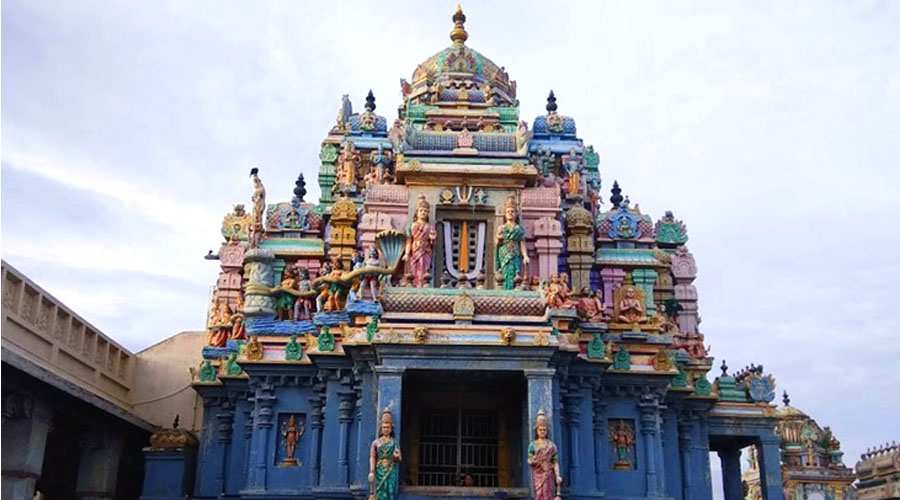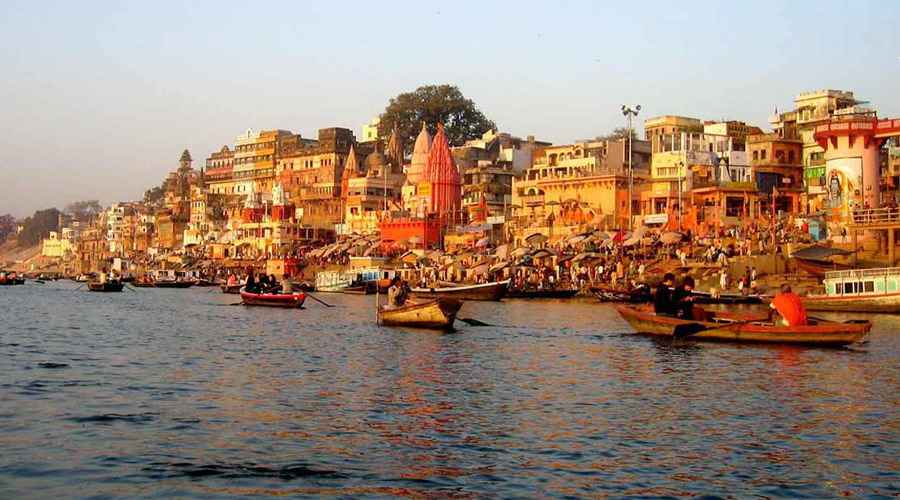Shri Ashtalakshmi Temple, located in the serene neighborhood of Besant Nagar in Chennai, Tamil Nadu, is a revered Hindu temple dedicated to the worship of Goddess Lakshmi in her eight divine forms, collectively known as Ashtalakshmi. This temple stands as a unique spiritual sanctuary symbolizing prosperity, wealth, courage, knowledge, and well-being, making it one of the most significant modern temples devoted to the goddess of wealth in India. The temple was constructed and consecrated in the 1970s, amid the growing desire to create a sacred space honoring all eight aspects of Lakshmi, each representing different blessings vital for a fulfilling life.
History of Shri Ashtalakshmi Temple
The foundation of Shri Ashtalakshmi Temple was laid in 1974, with the construction completed by 1976 under the spiritual guidance and inspiration of Sri Mukkur Srinivasa Varadachariar. The temple’s creation was also influenced by the revered Sri Chandrashekarendra Saraswati Swamigal, the 68th Jagadguru of the Kanchi Kamakoti Peetham, whose vision was to see the eight manifestations of Goddess Lakshmi enshrined under one roof. The architecture of Shri Ashtalakshmi Temple is inspired by the Sundhararaja Perumal Temple in Uthiramerur, Kanchipuram district, blending ancient Dravidian temple architecture with contemporary design in a multi-tiered structure resembling the sacred syllable “Aum” (Pranava), which holds profound spiritual significance in Hinduism.
This temple is a prime example of the Ashtanga Vimana architectural style, an ancient and rare construction method that emphasizes a complex, multi-level layout allowing devotees to worship all sanctums without crossing over others. This design reflects the integrated worship of all eight forms of Lakshmi, with separate shrines dedicated to each incarnation spread over four levels in the temple complex. The temple is located near the Bay of Bengal shore, which adds a tranquil ambiance enhanced by the sea breeze and the sound of waves, creating a spiritually uplifting atmosphere for visitors and devotees alike.
Spiritual Significance
Shri Ashtalakshmi Temple holds deep spiritual significance as it venerates the eight primary forms of Goddess Lakshmi, each symbolizing a distinct aspect of prosperity and well-being essential to human life:
- Adi Lakshmi (Primordial Wealth and Eternal Prosperity) – The source of all wealth and cosmic energy.
- Dhanya Lakshmi (Wealth of Grains) – Provider of agricultural abundance and nourishment.
- Dhairya Lakshmi (Wealth of Courage) – Bestower of strength, bravery, and valor.
- Gaja Lakshmi (Wealth of Elephants) – Symbolizing power, royalty, and animal wealth.
- Santana Lakshmi (Wealth of Progeny) – Blessings for fertility, children, and family lineage.
- Vijaya Lakshmi (Wealth of Victory) – Success in battles and overcoming obstacles.
- Dhana Lakshmi (Monetary Wealth) – Material riches and financial prosperity.
- Vidya Lakshmi (Wealth of Knowledge) – Wisdom, learning, and education.
The Devi’s eight forms together represent the holistic prosperity required for a balanced and fulfilled life, integrating material wealth with courage, knowledge, success, and family happiness. Devotees visit this temple seeking divine blessings in areas ranging from financial success to courage in life’s challenges, harmony in family life, and intellectual growth. The temple’s adherence to the Aarukala Puja system, performing six daily Vedic rituals, underscores its spiritual discipline and sacred tradition. Lamps are lit using pure ghee, and the rituals aspire to evoke the divine blessings of Maha Lakshmi in all her benevolent forms.
Cultural and Religious Importance
The temple is a vital cultural and religious landmark in Chennai, attracting pilgrims and tourists from all over India and abroad. Its festivals—especially during Navaratri and Deepavali—are marked by intense devotional fervor and elaborate ceremonies. The Lakshmi Kubera Homam, a special ritual performed here, is believed to invoke prosperity and remove obstacles in business and life endeavors. Besides religious worship, the temple serves as a community hub, organizing spiritual workshops, education programs, and cultural events that foster communal harmony and cultural vitality.
Architectural Beauty and Unique Features
The temple’s design is an architectural marvel that seamlessly fuses symbolism with practical structure. Built in multiple tiers, the temple comprises nine sanctums arranged so devotees can move through the temple in a spiritual journey, worshipping each form of Lakshmi without interruption. The temple tower (gopuram) is intricately decorated with vibrant, colorful sculptures depicting various deities and mythological motifs related to Lakshmi and Vishnu.
The temple also houses shrines dedicated to Lord Vishnu, the divine consort of Goddess Lakshmi, integrating Vaishnavite traditions into the worship practices. The complex’s layout and design emulate the Ashtanga Vimana style originating from Tirukkotiyur, linking it to ancient temple building traditions.
The serene setting by the sea and the temple’s harmonious blend of art, architecture, and spirituality provide devotees with a deeply immersive experience, inspiring peace, devotion, and connection to the divine.
Conclusion
Shri Ashtalakshmi Temple in Besant Nagar is not only a major spiritual center for worshipping the goddess of wealth in her eight auspicious forms but also an architectural and cultural gem in Chennai. Its origins rooted in traditional Vaishnavite spiritual leadership, alongside modern architectural wisdom, have created a temple that is both timeless and contemporary in its appeal. The spiritual significance of invoking the eight forms of Lakshmi encapsulates a holistic approach to prosperity—encompassing wealth, knowledge, courage, family, and success—which remains deeply relevant to devotees today. The temple continues to inspire faith, prosperity, and cultural unity, making it an essential pilgrimage and tourist destination in Tamil Nadu.
This rich heritage and spiritual significance make Shri Ashtalakshmi Temple a profound embodiment of divine grace and human aspiration, attracting seekers from all walks of life to experience the blessings of the goddess Lakshmi in her most complete and sacred forms.


